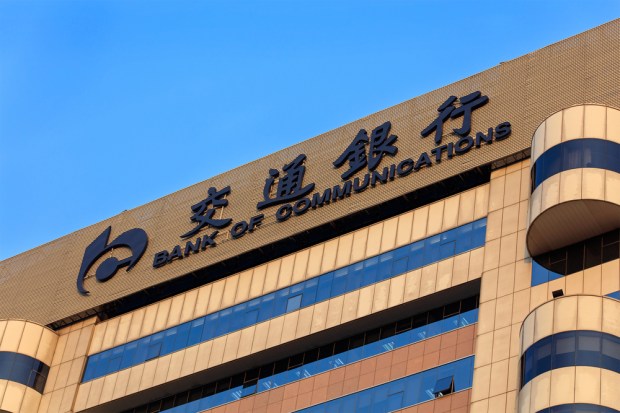In China, Credit Cards And Mobile (And Beyond), Payments Yin And Yang

The yin and yang concept, born in China, can be applied to so many things.
The theme that opposites may be complementary is nothing new, but it sure is amusing and, at times, instructive to observe – namely, that the universe finds a way toward duality, and oneness.
Look at payments in China as an example.
In news reported this week, and spotlighted in the South China Morning Post, the Bank of Communications, which stands as the country’s fifth largest lender, showed a 4.6 percent gain in profit, to about 40.8 billion yuan.
That number met expectations, but to our reading, it may not be the most interesting stat. Behind the tailwind driving that profit lies an engine worthy of some examination: credit card spending.
The results that were just reported cover the range of January to June of this year. Within that timeframe, the value of credit card transactions got a big boost – to the tune of 43.8 percent year on year, reaching a value of 1.5 trillion yuan.
So, here is the duality among these firsts of the big banks to report: As far as conventional wisdom goes, the movement in payments is digital and cashless, and that mobile is the conduit to both.
Indeed, when it comes to payments done in bits and bytes and over mobile means, as the Post stated, the country is even farther along than the U.S., at $12.8 trillion worth of transactions in 2017 through October, compared to $49 billion in the U.S.
Yet at the same time, the government has been doing a lot to – perhaps inadvertently – stymie some of that growth. It has brought FinTech into its sights. As noted at the end of last year, the government debuted registration processes that spotlighted 160 “problem areas” as reported by Bloomberg, such as high interest rates and dangerous promises of high returns on loans.
The field is a crowded one, with more than 250 online payments providers, and that number will likely be winnowed, stated the Post. The growth is palpable where, as Financial Times noted earlier in the month, outstanding loans held by the P2P players are up by 50 percent year on year, to 1.2 trillion renminbi.
For the Bank of Communications, loans were also up in the period, by 208 billion yuan, the bank said.
The boost in traditional lending efforts cuts into the shadow banking system, spanning P2P payments, and where some analysts, such as Shenwan Hongyuan Securities, estimated that interest income (from lending, of course) would account for 70 percent of mainland banks’ revenue in the first six months, up 3.1 percentage points from the end of last year. Perhaps, then, another yin and yang: that FinTechs (those that survive) and FIs can coexist in offering choices to consumers, and that both avenues will be embraced.
The Post noted that Joe Ngai, managing partner for Greater China at McKinsey, said banks have what is being termed “a good opportunity” to buy some of these upstart startups as they march toward offering more digital services.
Again: co-existence of opposites, blended.
In the meantime? Don’t forget the plastic.
